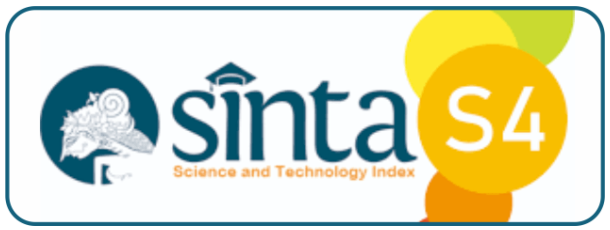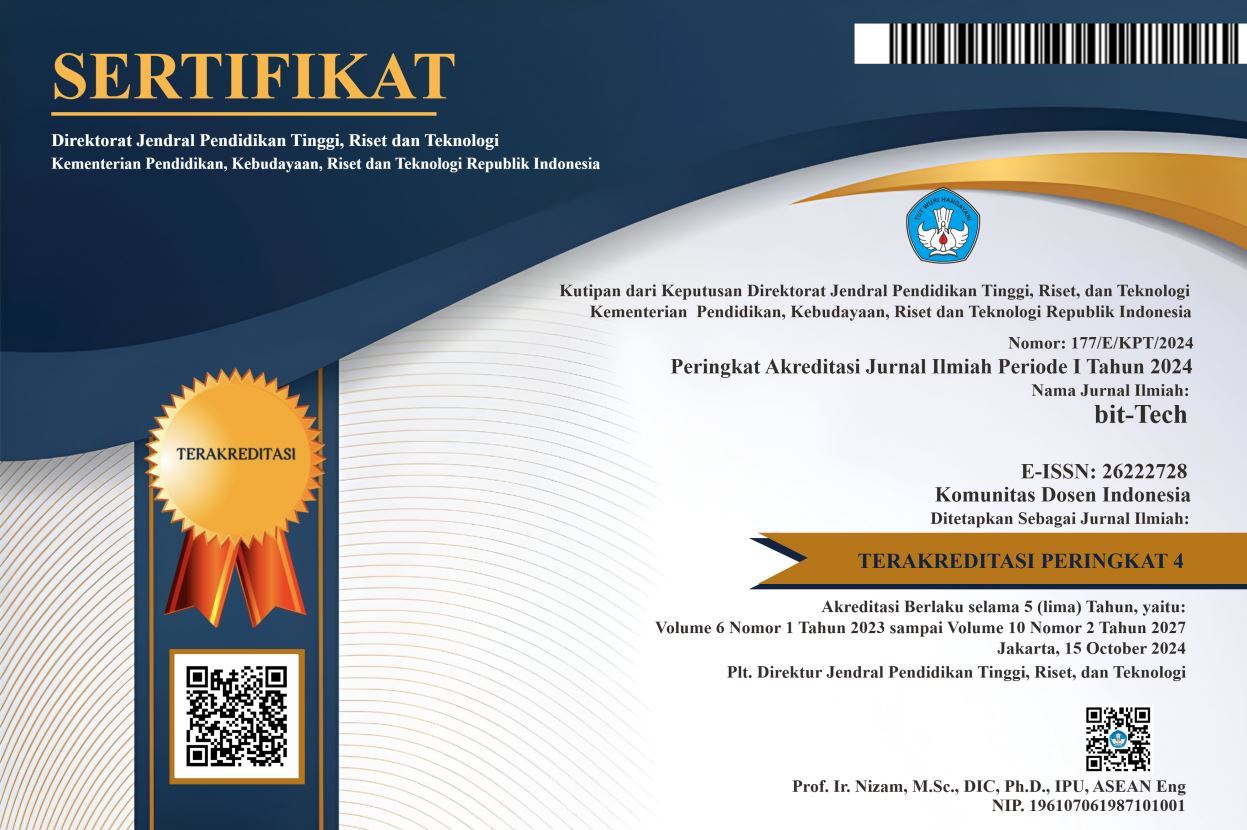Decision Support System for Employee Performance Evaluation with Promethe Method. Case Study: Faculty of Engineering, Pancasila University
DOI:
https://doi.org/10.32877/bt.v3i3.215
Abstract
High competent human resources can support the level of employee performance. By conducting performance evaluation assessments it will be known the achievements of each employee. Assessment of employee performance evaluation carried out by the Faculty of Engineering, University of Pancasila uses criteria of diligence, teamwork, sincerity to work, skills, initiative, independence and attendance. The weights of criteria still determined by the Faculty authority. In this study, the authors used the Preference Ranking Organization Method for Enrichment Evaluation (PROMETHEE) to assist in making employee performance evaluation decisions, so that it can be seen which employees get the reward with good performance. There are six stages of the ranking including determine criteria and its weights, calculating the values of the requirements for each employee, preference value calculation between alternatives, calculating the value for the index, calculating entering flow, leaving flod and net flow. The data used is in the form of employee performance evaluation data that have range of 5 years consist of 16 samples taken from employee data from Faculty of Engineering, University of Pancasila. The calculation have been made using this six stages of the PROMETHEE method and after evaluation using precision approach have performance result of 96,364% accuracy compared with the conventional method
Downloads
Downloads
Published
How to Cite
Issue
Section
License
I hereby assign and transfer to bit-Tech all exclusive copyright ownership rights to the above work. This includes, but is not limited to, the right to publish, republish, downgrade, distribute, transmit, sell, or use the work and other related materials worldwide, in whole, or in part, in all languages, in electronic, printed, or any other form of media, now known or hereafter developed and reserves the right to permit or license a third party to do any of the above. I understand that this exclusive right will belong to bit-Tech from the date the article is accepted for publication. I also understand that bit-Tech, as the copyright owner, has sole authority to license and permit reproduction of the article. I understand that, except for copyright, any other proprietary rights associated with the work (e.g. patents or other rights to any process or procedure) must be retained by the author. In addition, I understand that bit-Tech permits authors to use their papers in any way permitted by the applied Creative Commons license.


 DOI :
DOI :
 Abstract views: 483
/
Abstract views: 483
/  PDF downloads: 291
PDF downloads: 291











